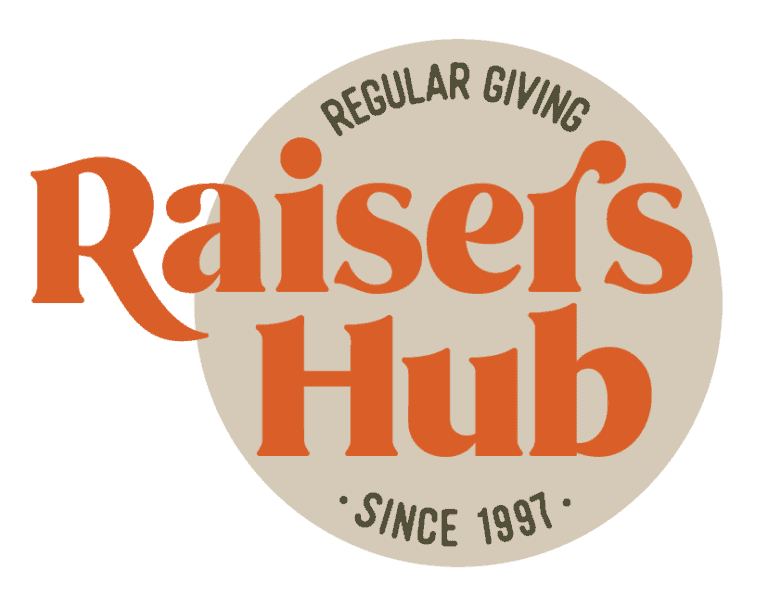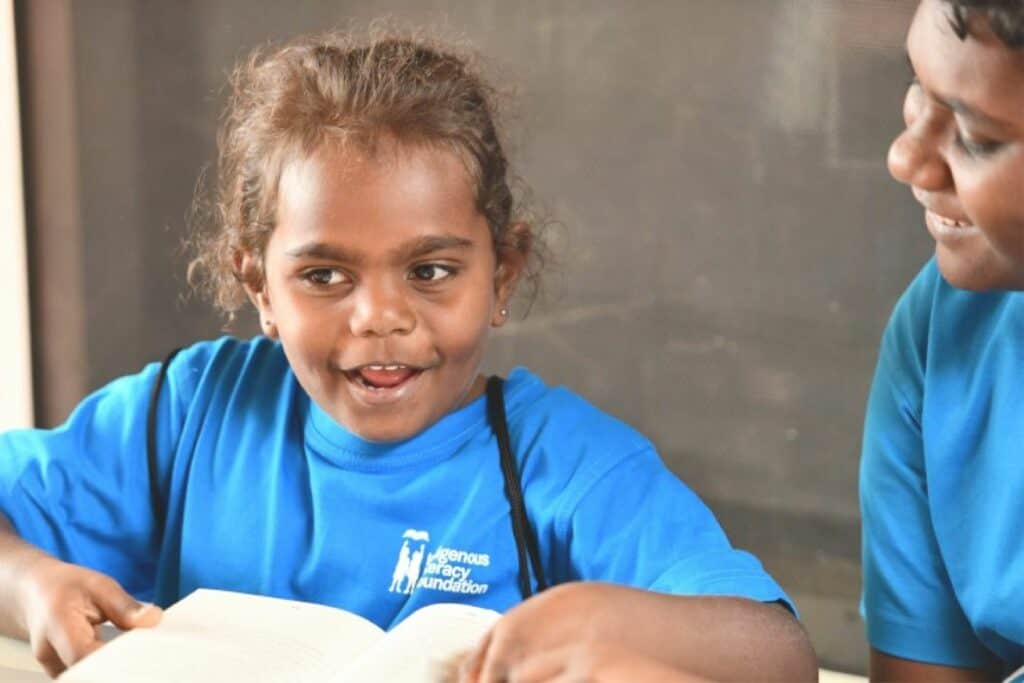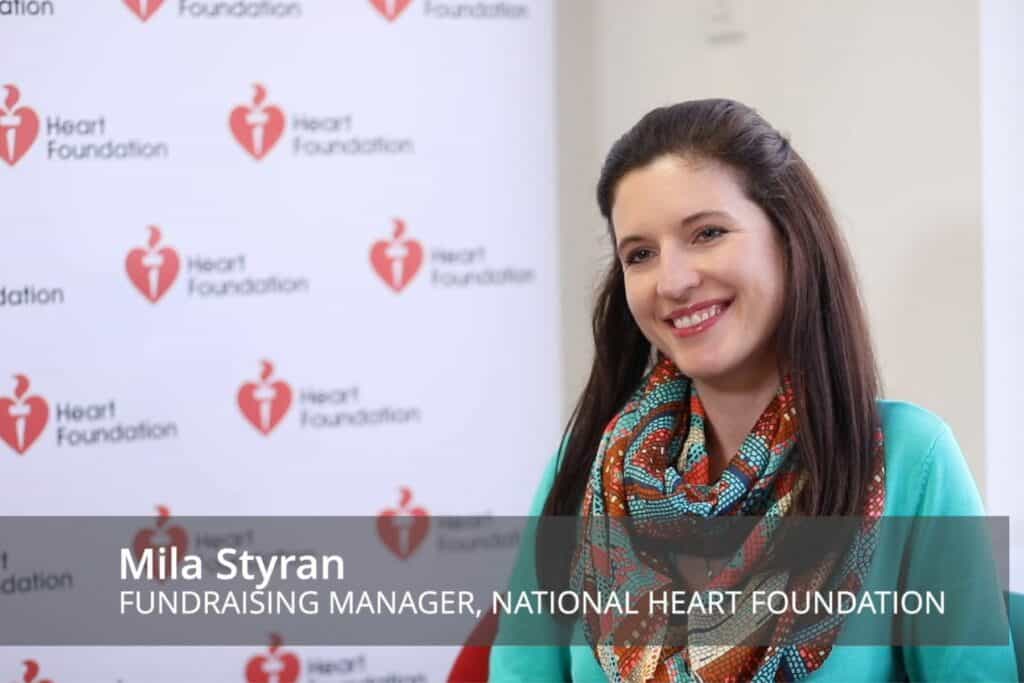Need to analyse the actual return on investment for your fundraising programs? The team at The Kids Cancer Project (TKCP), like most donor-funded organisations, are cost-conscious and focused on investing their fundraising budget for the best returns possible. Over the last few years the team at TKCP have made considerable efforts to upgrade their raffle […]
Category: CASE STUDY
Building a regular giving program for risk mitigation
It’s a common situation we find charities in – they’ve secured some great, high-value partnerships, but building their own unique regular giving program feels like too much of a risk. These organisations know they need their own, reliable income streams, but where do they start? Indigenous Literacy Foundation (ILF) is focussed on instilling a love of […]
How National Heart Foundation changed their telemarketing strategy and increased their contact rates
When working with NHF to take an in-depth look at their lapsed program and why their contact rates were declining, the analysis revealed that supporters who were typically trickier to convert or harder to contact were being excluded from calling.
Discover the missing ingredient in your upgrade programs
It is common knowledge in the industry that 80 percent of an organisation’s donations often come from 20 percent of their most loyal, invested supporters. The more an organisation can do to show appreciation, value and attention to those who are investing their money and time, the more reliable, sustainable and dependable the organisation’s income stream becomes.
Stroke Foundation NZ on what to do when acquisition strategies fail
A common issue we find organisations like Stroke Foundation tend to be bound by is a one-size-fits-all approach when it comes to marketing to their newly acquired audience. Usually, the organisation segments the audience at a top level and although they might set out varied marketing for their major donors, bequest leads, regular givers and so on, refining those groups even further is often not as popular.





